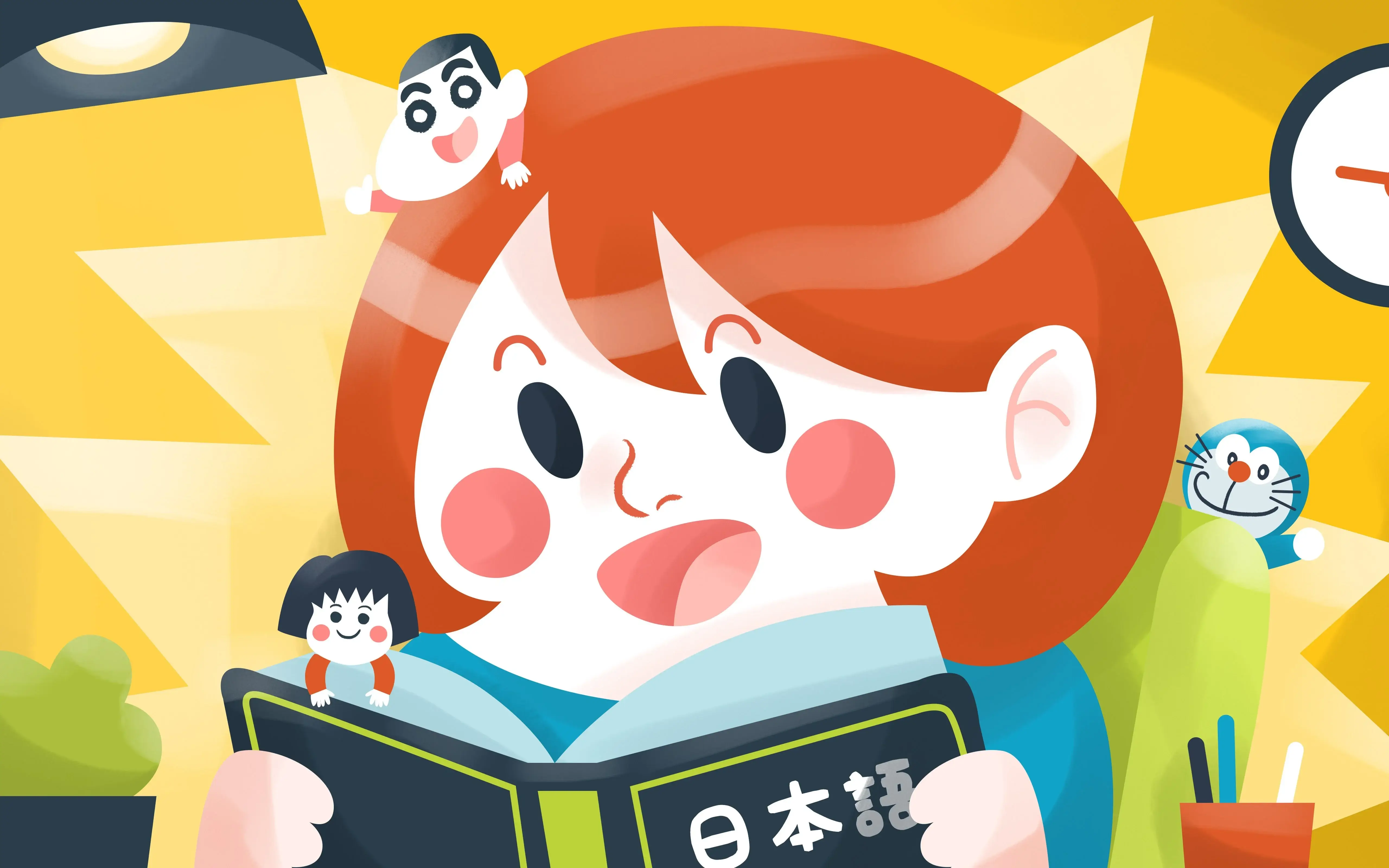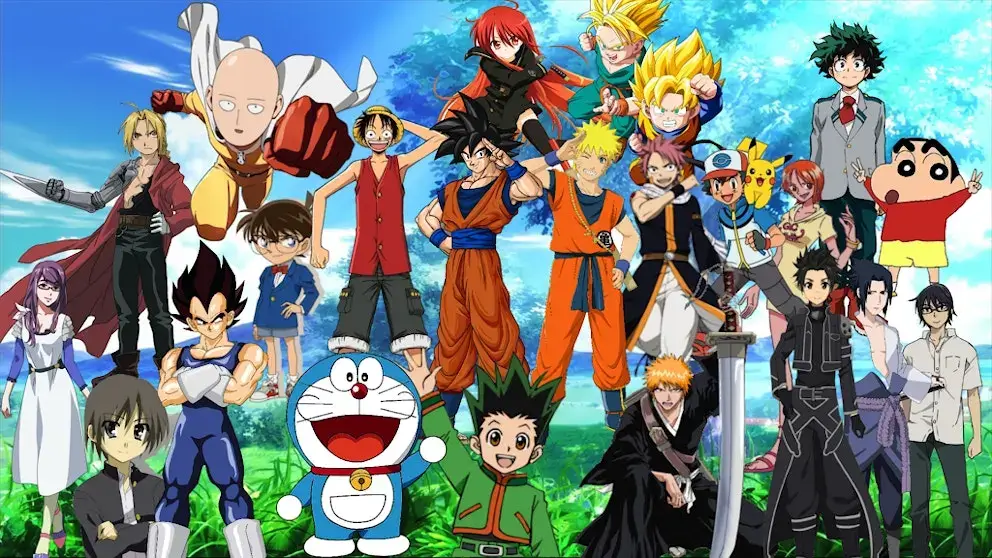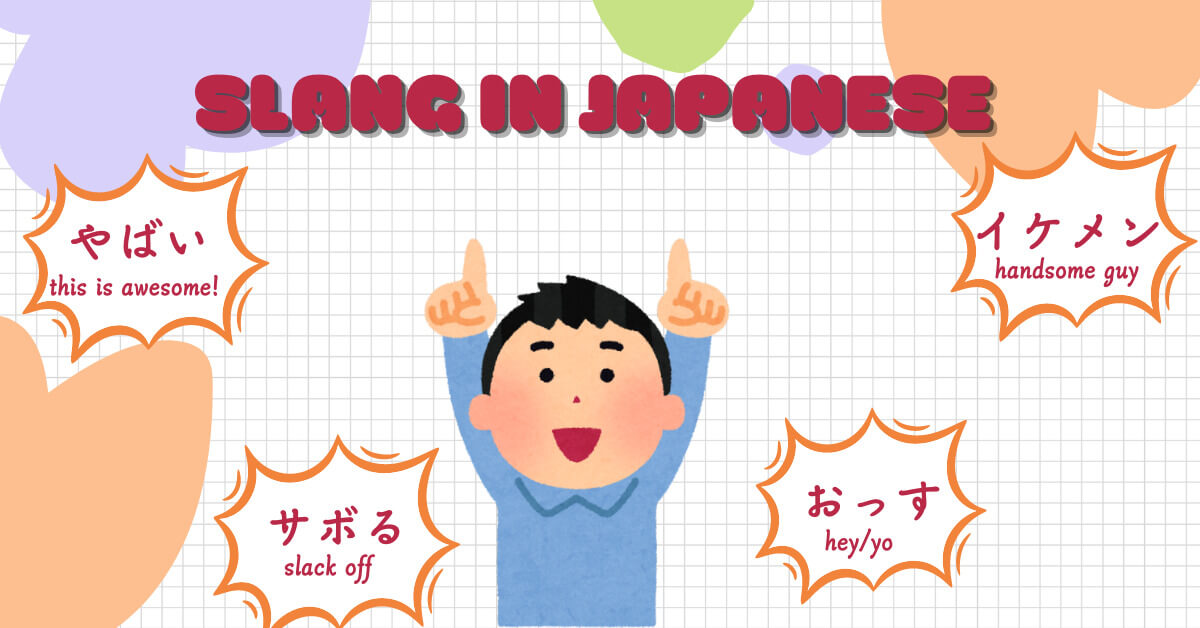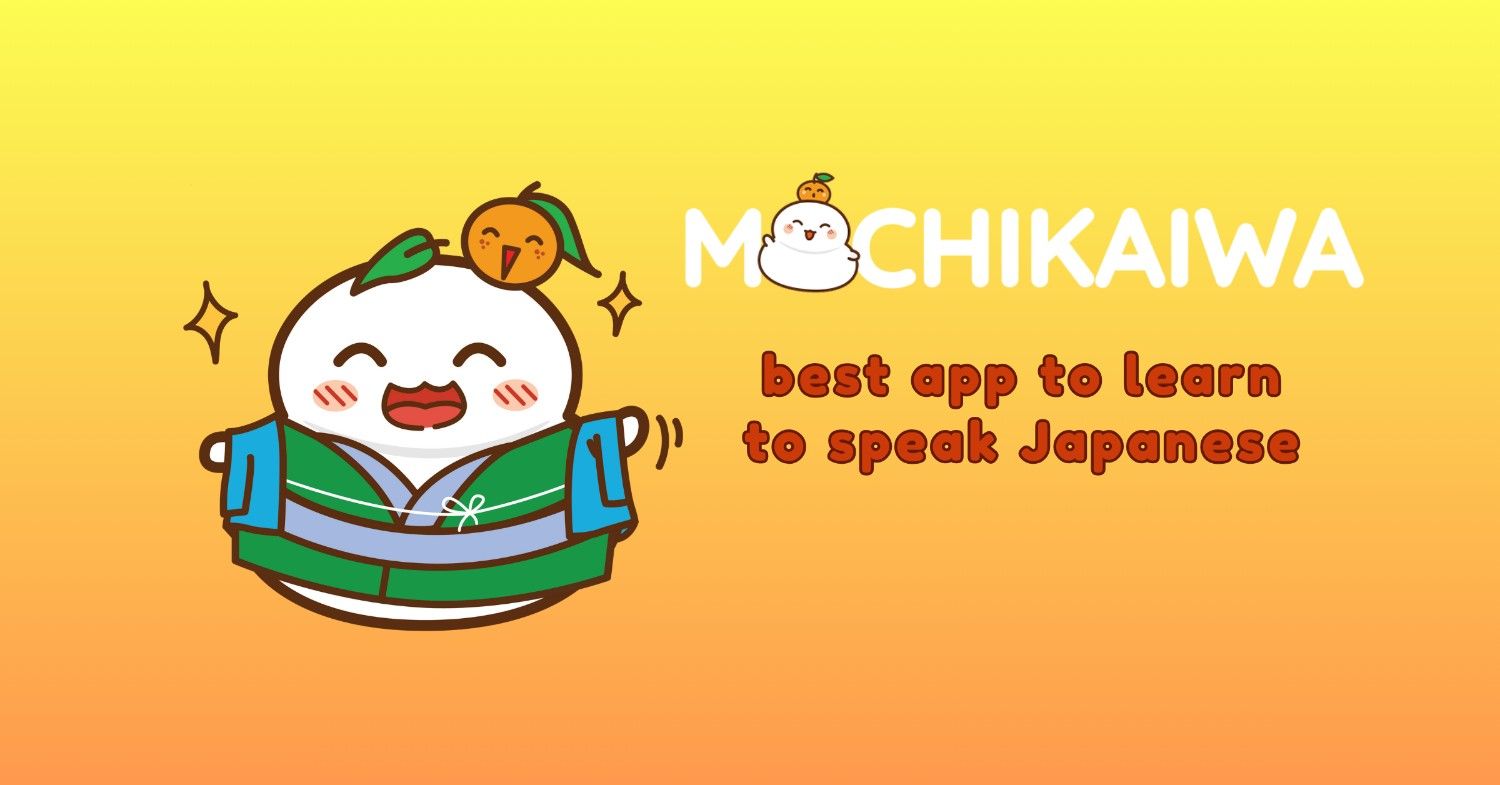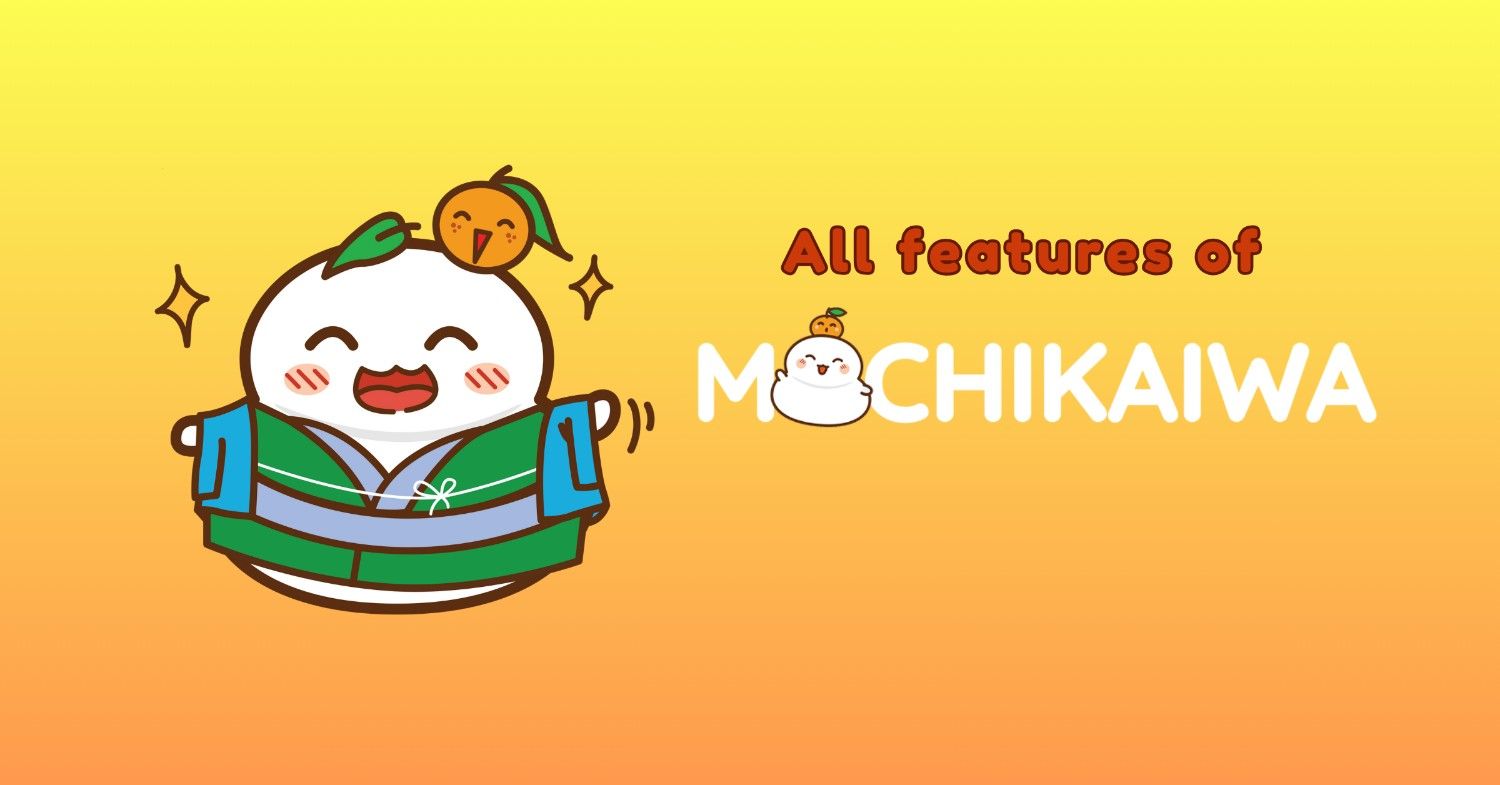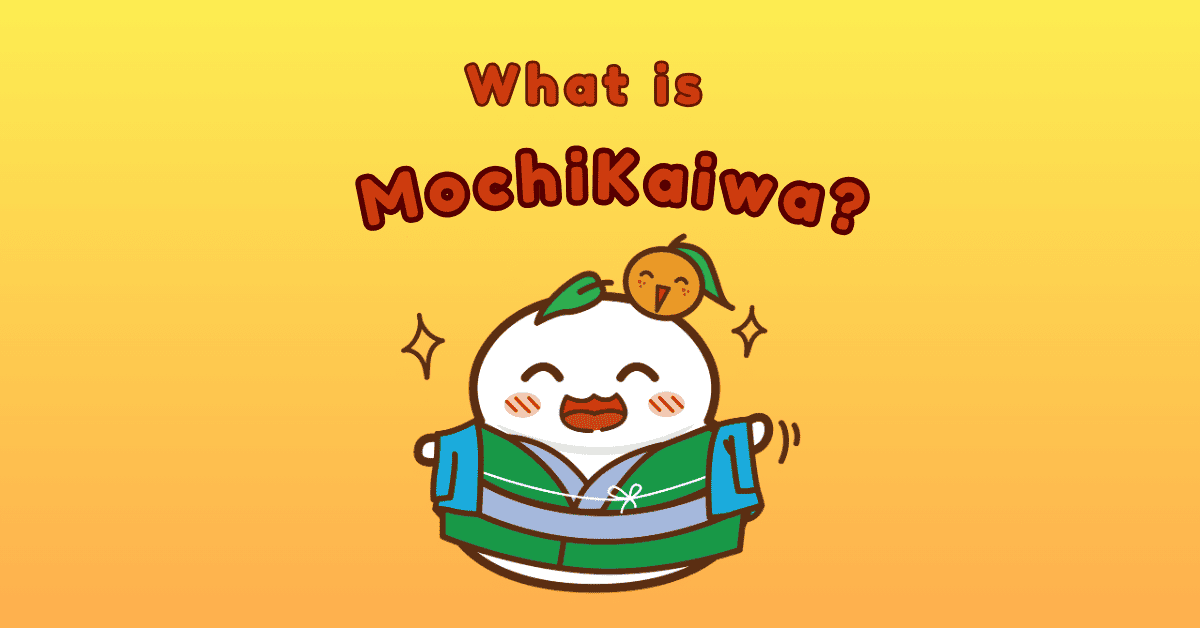Learning Japanese can be a fun and rewarding experience, especially if you integrate it with your hobbies. For anime enthusiasts, using anime as a tool for language learning is an engaging and effective method. This guide will explore the possibilities, benefits, and practical steps to help you learn Japanese through anime.
- Is It Possible to Learn Japanese with Anime?
- Advantages of Learning Japanese with Anime
- Limitations and Considerations
- 5 Steps to Learn Japanese with Anime
- MochiKanji App Recommendation
- Recommended Anime for Learning Japanese
- FAQs

Is It Possible to Learn Japanese with Anime?
It is possible to learn Japanese with anime, but it’s essential to understand the scope and limitations of this approach. Anime provides exposure to native Japanese speech, diverse vocabulary, and cultural nuances. However, there are several factors to consider to ensure that you get the most out of this learning method.
Advantages of Learning Japanese with Anime
1. Authentic Language Exposure:
Anime serves as an immersive gateway into the authentic Japanese language. Unlike scripted dialogues in textbooks, anime presents real-life conversations, idiomatic expressions, colloquialisms, and regional dialects that reflect the dynamic nature of spoken Japanese. This exposure to diverse linguistic elements fosters a deeper understanding of how language is used in various contexts, from casual conversations among friends to formal exchanges in professional settings.
Moreover, anime encompasses a wide spectrum of genres, each offering unique linguistic features. Slice-of-life anime portrays everyday scenarios with relatable dialogue, while historical or fantasy genres introduce archaic language and specialized terminology. By exploring different genres, learners gain versatility in language usage and develop the ability to adapt their speech to different situations, mirroring the fluidity of native speakers.
2. Engagement and Motivation:
Unlike traditional language learning methods, which can feel monotonous or detached from personal interests, learning Japanese through anime is inherently engaging and motivating. The captivating storylines, compelling characters, and visually stunning animations captivate learners’ attention, fostering an intrinsic desire to understand and engage with the content.
Furthermore, the emotional resonance of anime creates a powerful connection between learners and the language. Whether experiencing the triumphs and tribulations of protagonists or empathizing with their struggles and aspirations, learners forge a personal bond with the language that transcends mere academic study. This emotional investment fuels their motivation to persist through challenges and obstacles, sustaining their commitment to language learning over the long term.
3. Cultural Insights:
Anime is a window into Japanese culture, traditions, and social norms. By watching anime, learners can gain insights into cultural references, festivals, customs, and everyday life in Japan. This cultural context can deepen your understanding and appreciation of the language.
4. Listening Skills:
Watching anime hones listening comprehension skills by exposing learners to diverse accents, intonations, and speech patterns. Through repeated exposure to authentic Japanese dialogue, learners develop an intuitive understanding of rhythm, cadence, and pronunciation, enabling them to decipher spoken language with greater ease and accuracy.
Additionally, anime’s audiovisual format facilitates multisensory learning, as learners simultaneously process auditory and visual stimuli. By correlating spoken words with corresponding actions, expressions, and context cues, learners reinforce their comprehension and retention of vocabulary and grammar structures, paving the way for seamless communication in real-world interactions.
Limitations and Considerations
1. Inconsistent Language:
The language used in anime can vary significantly depending on the genre and target audience. Some anime may use exaggerated expressions or archaic language that is not commonly used in everyday conversations. It’s essential to be aware of this and not rely solely on anime for learning practical conversational Japanese.
2. Lack of Structured Learning:
Anime doesn’t provide a structured learning path or grammar explanations, which are necessary for mastering a language. To compensate for this, it’s important to supplement anime watching with traditional learning resources like textbooks, language courses, and grammar guides.
3. Difficulty Level:
Depending on your proficiency level, some anime may be too challenging or too simple. Beginners might find it difficult to follow complex dialogues, while advanced learners may not be challenged enough by simpler series. Choosing anime that matches your skill level is crucial for effective learning.
While learning Japanese with anime offers many benefits, it’s important to be aware of its limitations. The language used in anime can vary significantly, including exaggerated expressions and archaic language not commonly used in everyday conversations. Additionally, anime does not provide structured learning or grammar explanations, which are necessary for mastering a language. Depending on your proficiency level, some anime may be too challenging or too simple, so selecting appropriate content is crucial.
In conclusion, yes, you can learn Japanese with anime, but it requires a well-planned approach and the use of complementary learning materials. This brings us to the next section: the steps to learn Japanese with anime.
5 Steps to Learn Japanese with Anime
1. Turn Off, Then Turn On the Subtitles
Step-by-Step Process:
1. Watch Without Subtitles: Start by watching a short segment of an anime episode without any subtitles. This helps you focus solely on the audio and try to grasp the meaning through context and familiar words.
2. Watch With Japanese Subtitles: Rewatch the same segment with Japanese subtitles. This allows you to connect spoken words with their written forms, enhancing your reading skills and understanding of kanji and kana.
3. Watch With English Subtitles: Finally, watch the segment with English subtitles to confirm your understanding and fill in any gaps in comprehension.
2. Choose Anime Appropriate for Your Level
Selecting anime that matches your Japanese proficiency level is crucial. Here are some recommendations based on different levels:
– Beginner: Start with slice-of-life or school-themed anime like “Shirokuma Cafe” (Polar Bear Cafe) or “Yotsuba to!” (Yotsuba&!). These typically use simpler language and everyday vocabulary.
– Intermediate: Try series with more complex dialogues and varied settings, such as “Naruto” or “My Hero Academia”.
– Advanced: For advanced learners, anime with intricate plots and specialized vocabulary, like “Attack on Titan” (Shingeki no Kyojin) or “Steins;Gate”, are excellent choices.
3. Note New Words
When watching anime, keep a notebook or a digital app handy to jot down new words and phrases. Pause the anime when you encounter unfamiliar words, and take the time to look them up in a dictionary. Write down the word, its meaning, and example sentences to help reinforce your understanding and retention. Regularly review your notes to ensure these new words become part of your active vocabulary.
4. Shadowing
Shadowing is a language learning technique where you listen to native speech and repeat it as closely as possible. This method improves pronunciation, intonation, and fluency.
How to Practice Shadowing:
1. Select a short dialogue or monologue from the anime.
2. Listen to the segment several times to familiarize yourself with the sounds and rhythm.
3. Play the segment and try to repeat it simultaneously, mimicking the speech as accurately as possible.
4. Repeat this process until you can match the native speaker’s pace and intonation.
5. Improve Over Time
Language learning is a gradual process. Consistency is key. Here are some tips to ensure steady improvement:
– Regular Practice: Dedicate a specific time each day or week to watch anime and practice Japanese.
– Active Engagement: Rather than passively watching, actively engage with the content by taking notes, shadowing, and reviewing.
– Combine Resources: Use anime alongside other learning resources such as textbooks, language apps, and conversation practice.
– Track Progress: Regularly assess your progress and adjust your learning strategies as needed.
6. Effective Learning Strategies
To effectively learn Japanese with anime, it’s essential to approach it strategically:
– Combine with Other Resources: Use anime as a supplementary tool alongside traditional resources. This combination will provide a well-rounded learning experience.
– Active Engagement: Actively engage with the content by taking notes, pausing to look up new words, and practicing pronunciation.
– Consistency: Regularly watch anime and make it a part of your daily or weekly study routine to reinforce your learning.
MochiKanji App Recommendation
To enhance your Japanese learning experience, the MochiKanji app is an excellent tool. MochiKanji is a comprehensive dictionary and kanji learning app that allows you to look up words and kanji quickly and efficiently. It provides detailed information, including meanings, pronunciations, and example sentences.
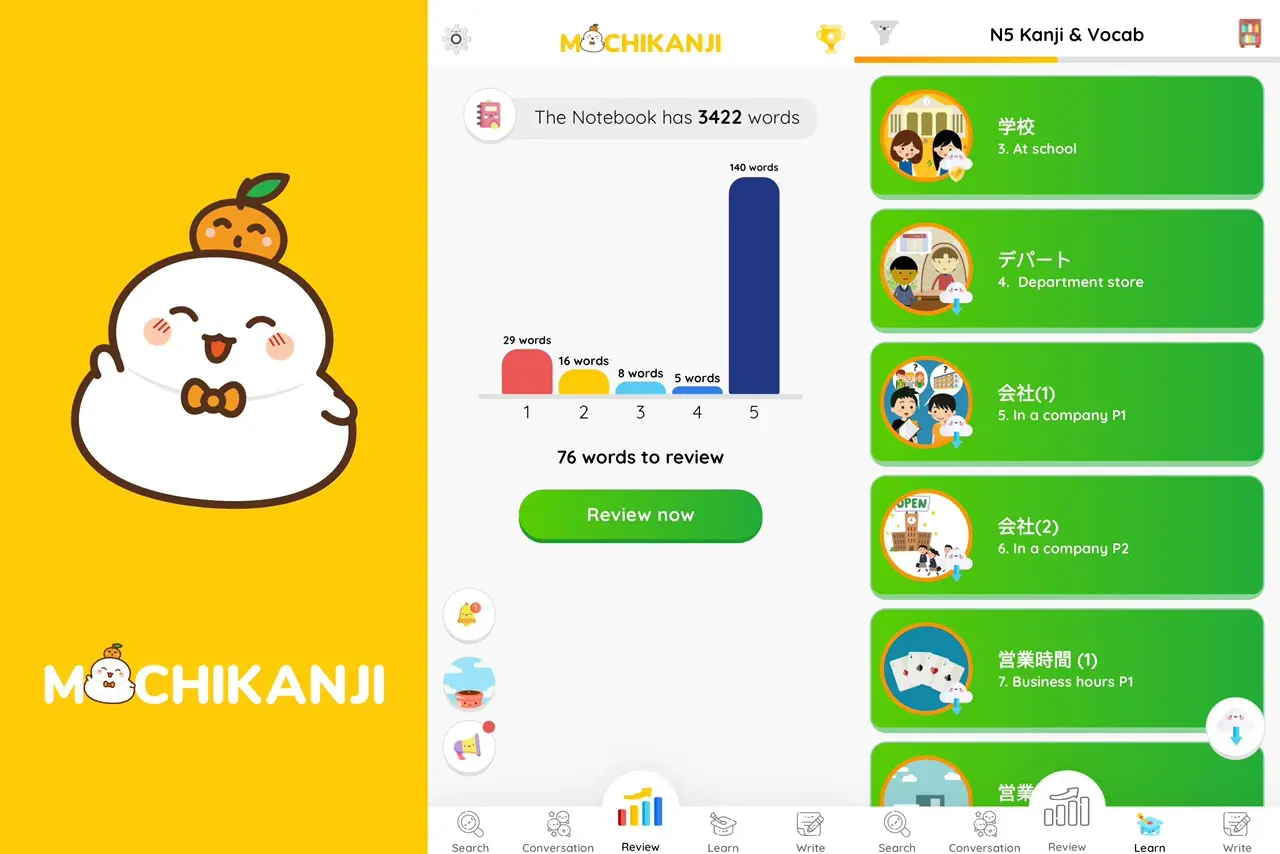
One of its standout features is the ability to create custom flashcards, which can be used for spaced repetition practice. This method helps reinforce new vocabulary and kanji over time, ensuring better retention. Integrating MochiKanji into your anime-watching routine will significantly boost your vocabulary acquisition and comprehension skills, making it easier to learn Japanese effectively.
When watching anime, keeping track of new words is crucial for reinforcing your learning. Pause when you encounter unfamiliar words, look them up, and note their meanings and example sentences. Regularly review these notes to enhance recall.
The MochiKanji app’s J-Dictionary feature is handy for this. It allows you to quickly look up words, save them to your study history, and create custom flashcards for spaced repetition practice. This feature helps you systematically expand your vocabulary and ensures long-term retention.
Using MochiKanji, you can efficiently integrate new words into your study routine, making your language learning journey more organized and effective.
Recommended Anime for Learning Japanese
1. Shirokuma Cafe (Polar Bear Cafe)
A light-hearted series that uses simple and clear language, making it ideal for beginners. The setting in a café provides common vocabulary related to food, animals, and everyday conversations.
2. Yotsuba to! (Yotsuba&)
Based on the manga of the same name, this anime follows the adventures of a young girl named Yotsuba. The dialogues are straightforward, perfect for beginners to intermediate learners.
3. My Hero Academia
This popular series offers a mix of everyday school life and action, providing a balance of simple and complex language suitable for intermediate learners.
4. Attack on Titan (Shingeki no Kyojin)
Known for its intense and dramatic storyline, this anime introduces advanced vocabulary related to military terms, strategy, and complex emotional dialogues.
5. Steins;Gate
A science fiction series with intricate plotlines and specialized terminology related to science and technology, making it suitable for advanced learners.
6. Naruto
With its extensive run and diverse range of vocabulary and dialogues, “Naruto” is suitable for learners who want to progress from intermediate to advanced levels.
7. Clannad
A slice-of-life series that focuses on family, friendships, and personal growth. Its dialogues are emotionally rich and relatively simple, ideal for beginners and intermediate learners.
8. K-On!
Follows the lives of high school girls forming a music band. The series uses everyday language and is perfect for beginners looking to learn conversational Japanese.
9. Sword Art Online
A series set in virtual reality games, introducing learners to a mix of everyday and gaming-related vocabulary. Suitable for intermediate to advanced learners.
10. Your Lie in April (Shigatsu wa Kimi no Uso)
A touching story about music and relationships, offering emotionally rich dialogues and a mix of simple and complex language. Ideal for intermediate learners.
In conclusion, learning Japanese through anime offers a dynamic and immersive journey rich in linguistic, cultural, and emotional depth. By harnessing the unique advantages of anime as a learning tool, learners embark on a transformative path towards fluency, cultural understanding, and global connection.
FAQs
Can I learn Japanese through anime?
Yes, you can learn Japanese through anime, but it should be part of a broader language learning strategy. Anime can help you with listening skills, familiarize you with casual and colloquial language, and expose you to Japanese culture. However, it’s important to supplement anime with formal study, such as learning grammar, vocabulary, and kanji through textbooks, classes, or language learning apps.
Can you become fluent in Japanese with anime?
While anime can be a helpful tool in language learning, becoming fluent in Japanese solely through anime is unlikely. Fluency requires comprehensive study that includes grammar, writing, speaking practice, and interaction with native speakers. Anime can provide context and listening practice, but it should be used alongside structured learning methods to achieve fluency.
Is there an anime that teaches you Japanese?
While there are no anime specifically designed to teach Japanese systematically like a textbook or language course, some educational anime and shows are designed to teach Japanese language and culture. For example, “Japanese Language with Anime” on YouTube can be useful for learning specific phrases and expressions. However, for a structured approach, consider using dedicated language learning resources.
Can I learn Japanese by watching Naruto?
Watching “Naruto” can help you pick up some Japanese vocabulary and expressions, especially informal language and cultural nuances. However, since “Naruto” uses a lot of fantasy and martial arts terminology, it’s not ideal for learning everyday Japanese. To effectively learn Japanese, you should combine watching anime with other learning methods that cover grammar, vocabulary, and proper language use.

